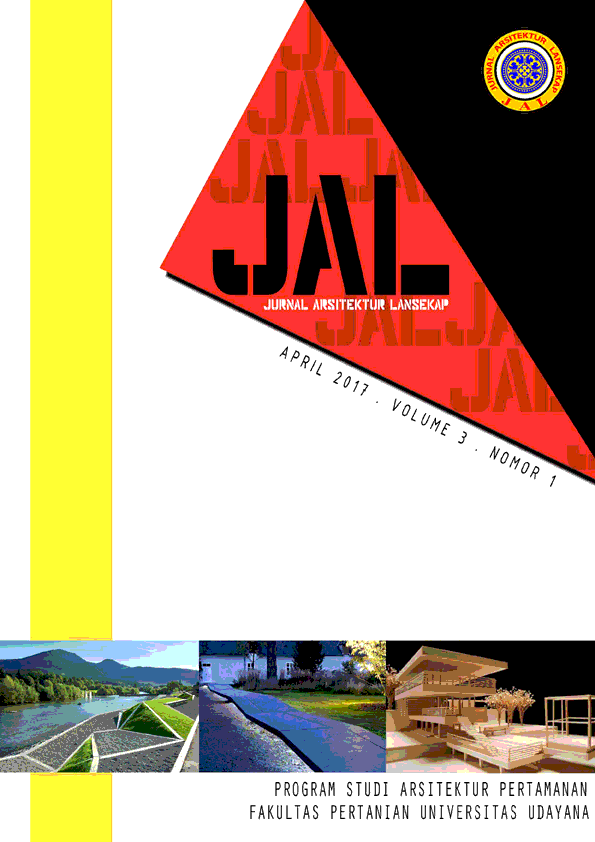Zonasi Lanskap Ekowisata Pesisir Kecamatan Paloh Kalimantan Barat
Abstract
ABSTRACT
Coastal Landscape Zoning of Ecotourism in Paloh District, West Kalimantan
Paloh district is one of the coastal areas in the Sambas regency and is the only sub-districts in Kalimantan Barat Province bordering direct terrestrial and aquatic with neighboring Malaysia. With a long coastline of 63 km (32% of the total length of the beach Sambas) and the various resources they have, then the Sambas district has great opportunities in coastal tourism development. The existence of the sprawling beach and geographical districts Paloh directly adjacent to neighboring Malaysia will indicate the magnitude of the potential of eco-tourism sector in the region. Coastal ecosystems that are different from other areas with the structure of white sand that almost stretches along the coastline, the condition of sea water is clean (clear), the existence of mangrove forests and habitat for diverse species of turtles, fish, and a wealth of other biodiversity can be an attraction of ecotourism its own for this region. The purpose of this study was to analyze the object / eco-tourism attraction and draw up zoning tourist area. Data needed in this research is the layout, aesthetics and authenticity, transport and aksessibilitas, attractions and uniqueness, support facilities, availability of clean water, and community support. Methods of data collection is done by interviews, library research and field surveys. Based on the results of the assessment has been done, that the coastal areas Paloh districts actually have six (60%) of the object / eco-tourism attraction with considerable potential category (S2) and 4 (40%) object / eco-tourism attraction with less potential category (S3). Direction of development of ecotourism in the district Paloh zone can be divided into four development zones, namely: Zone I: As the allotment of service to visitors that will be developed a lot of facilities supporting the tour here. In addition, this region is focused as cultural tourism area. Zone II: As an ecotourism area classification of the types of activities and facilities are limited and the tourist sites of conservation as well as a buffer zone for ecotourism in the district Paloh. Zone III: This region is a region devoid of inhabitants who are on the border of two villages of Sebubus and Temajuk that made intensive tourist area. Zone IV: This area is located in the village Temajuk and become a hub for residential Temajuk villagers who also serve as ecotourism those classified as intensive.
Keywords: Coastal area, landscape, zoning, ecotourism, district Paloh
Downloads
An author who publishes in the Jurnal Arsitektur Lansekap (JAL) agrees to the following terms:
- Author retains the copyright and grants the journal the right of first publication of the work simultaneously licensed under the Creative Commons Attribution-ShareAlike 4.0 License that allows others to share the work with an acknowledgement of the work's authorship and initial publication in this journal
- Author is able to enter into separate, additional contractual arrangements for the non-exclusive distribution of the journal's published version of the work (e.g., post it to an institutional repository or publish it in a book) with the acknowledgement of its initial publication in this journal.
- Author is permitted and encouraged to post his/her work online (e.g., in institutional repositories or on their website) prior to and during the submission process, as it can lead to productive exchanges, as well as earlier and greater citation of the published work (See The Effect of Open Access).
Read more about the Creative Commons Attribution-ShareAlike 4.0 Licence here: https://creativecommons.org/licenses/by-sa/4.0/.







